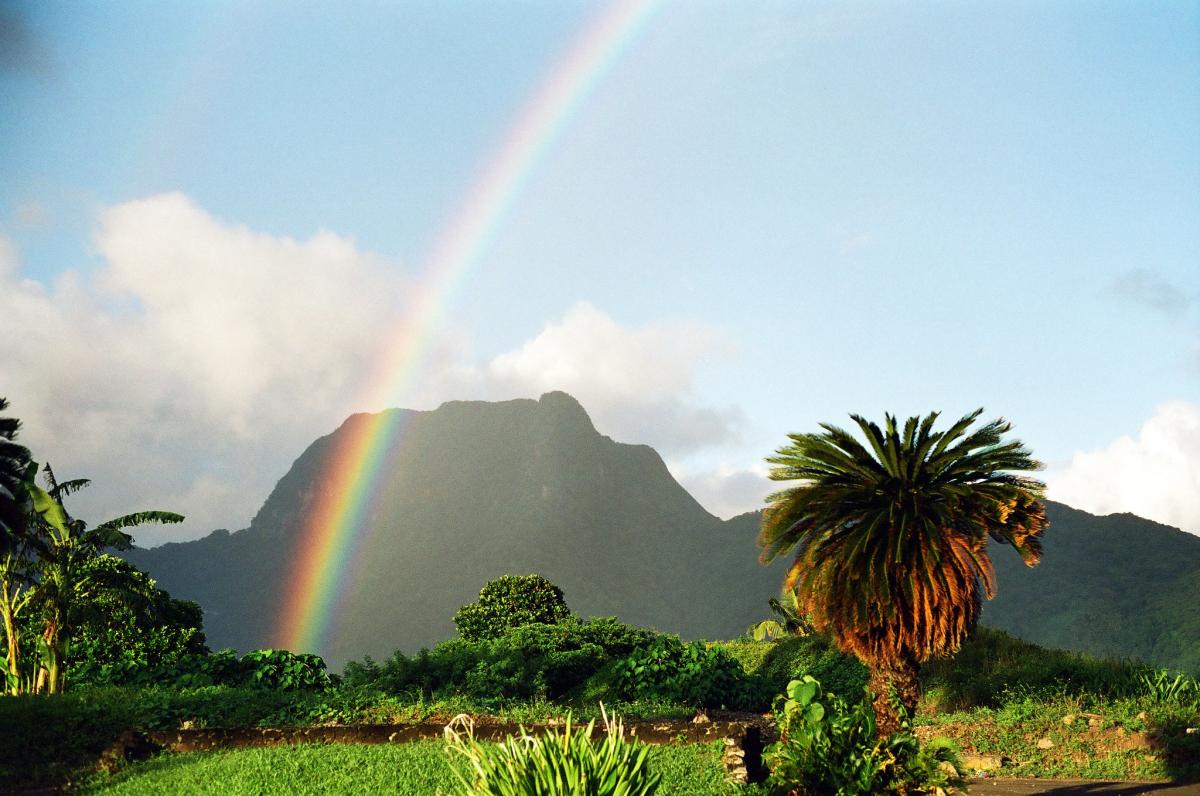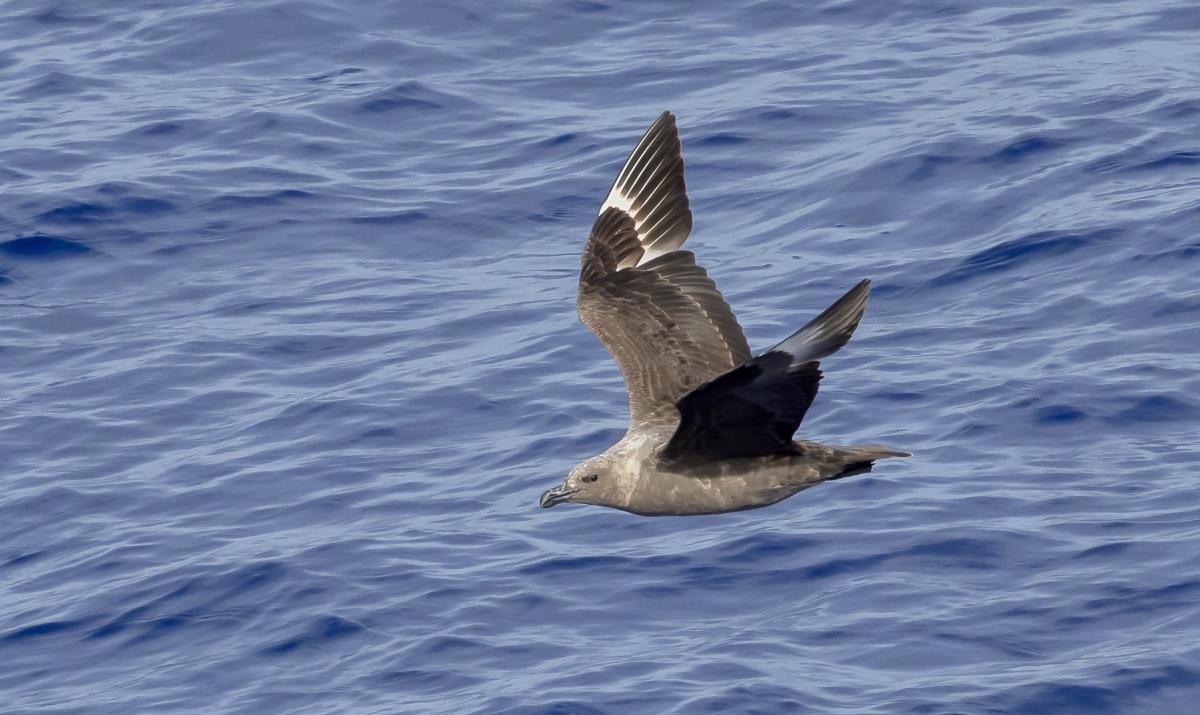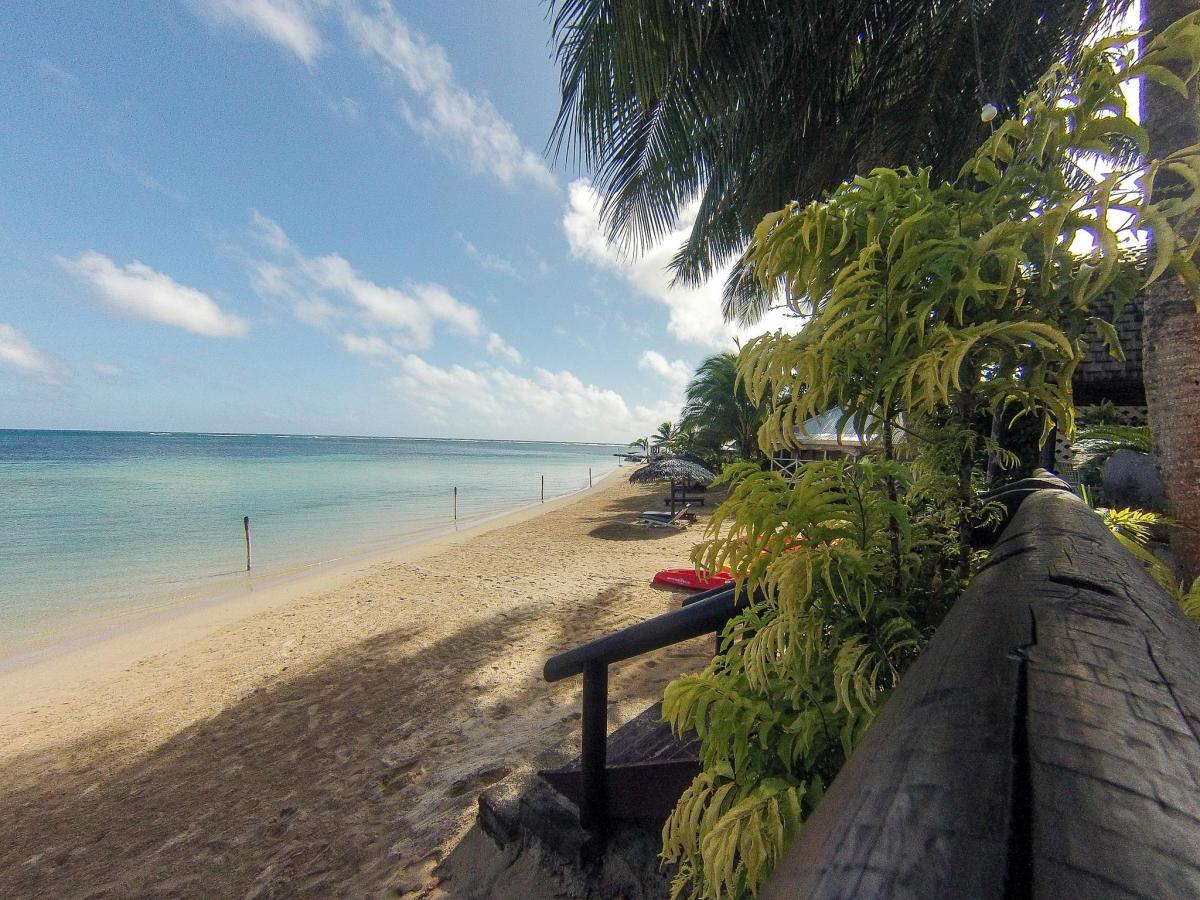5W8A op YT1AD, 5W0AA op YU3AA, 5W0LY op UA9OLY, 5W0RC op RC9O will be active from Samoa, 10 - 19 February 2024.
They will operate on HF Bands.
Recent DX Spots 5W8A
5W8A Log search5W0AA Log search5W0LY Log search5W0RC Log searchRecent DX Spots 5W0AA
Recent DX Spots 5W0LY
Recent DX Spots 5W0RC
QSL via home calls.
Samoa is an oasis of laziness and a country of three genders
Samoa is a state of Oceania with the capital city of Apia, occupying an area of ten large and small islands scattered in the southwest Pacific Ocean. The largest of these are Savai'i and Upolu. Interestingly, they are all arranged by time zone in such a way that when the easternmost point of the land is just finishing Monday, it is already Tuesday on the westernmost island. Until 1997, the state entity was called Western Samoa, and is now called the Independent State of Samoa. It is bordered on the east by American Samoa and the Cook Islands, on the southwest by Tongo, on the north by Tokelau and on the south by Niue.
 Samoa. Author - Bryan Chernick.
Samoa. Author - Bryan Chernick.
Dense jungle with many small villages and a clear sea
Samoa is an island of volcanic origin with highlands and mountains that gently transition into dense jungle-covered plains. The coasts are washed by a sea of clear blue water. It is so clear that in a few hundred meters from the shoreline perfectly visible bottom.
Small villages are scattered throughout the jungle. Small settlements are especially densely concentrated near the sea, where the largest roads pass. In total in Samoa live about 190 thousand people, taking into account all 10 islands.
An international airport and surprisingly good quality roads
In 2016, the new Faleolo International Airport began operations 40 kilometers west of Apia. It was built with Chinese loan funds. One single terminal serves scheduled flights to Australia, China, New Zealand, Fiji.
The asphalted roads on both the largest islands, Savaii and Upolu, are of high quality. They are smooth, beautiful, with clean roadsides, though somewhat narrow. Driving on them is measured with a speed of no more than 40-50 km/h. It is hard to imagine, but even on islands lost in the Pacific Ocean, road markings are carefully monitored and regularly updated.
 Samoa. Author - Harold Moses.
Samoa. Author - Harold Moses.
Graves in the courtyards and the peculiarities of Samoan architecture
The first thing that catches your eye when you drive past local settlements are the graves. In Samoa, it is customary to bury relatives in front yard plots. That is, burials are located literally under their own windows. As Muscovites like to throw their iron horses under the window, so it is the case with graves here.
The poorer part of the population installs the usual tombstones and a small monument. The richer ones make a small canopy. It is very rare to build a separate structure like a tomb, a crypt or even a full-fledged tomb. Usually such structures stand almost adjacent to the house.
In Samoa a large number of churches, mostly Catholic and Protestant, are open to parishioners, on the approach to the capital there is a Mormon Temple. There is even a Bahai House of Worship, one of only seven in the world.
Samoans seem to be very devout. On the fences you can find a kind of graffiti, which says that the state is based on God. The most famous shrine is the Cathedral of the Immaculate Conception of the Blessed Virgin Mary. It was originally built in 1867, but was so badly damaged by the earthquake in 2009 that it had to be demolished and rebuilt from scratch.
The dwellings of the locals, unlike the shrines, are not as luxurious and are very small. In most regions of Samoa, the people are poor. Despite the tourist attraction, which has been gaining momentum in recent years, tourism is not the main source of income and replenishment of state coffers.
The lion's share of income comes from industry and agriculture. For example, there are coconut oil and Coca-Cola production facilities. Nevertheless, the vast majority of natives do not rush to the capital after getting rich, but prefer to live in small villages scattered throughout the archipelago.
The colorfulness of the locals and their habit of sleeping all day long
It's hard not to notice one characteristic of the locals - they are always resting. There are few countries where you can find so many people resting in the middle of the day, when the sun is still at its zenith. Usually they settle under the trees, hiding in the shade from the exhausting heat.
All day long people just sleep on their patios. Near the roads you can sometimes see structures with a bench and a light roof, which tourists mistake for bus stops. In fact, they are real recliners. The habit of the locals to sleep during the day could not but be reflected in the architecture.
On each house plot in addition to a place for burials and a canopy for vacationers. It is made very high, so that the sun does not reach its rays at any hour of the day, and the shadow was kept as long as possible. The shelters evolved from the traditional dwelling, which here is called a fale. Sometimes the shelters have a dual purpose and are used as a place of worship and as an open room for family meetings or picnics, among other things.
 Samoa. Author - Mark Delagarde.
Samoa. Author - Mark Delagarde.
A capital city that is regularly flooded and plagued by traffic jams
Apia, the capital of Western Samoa, is very large by local standards. It is home to about 37,000 people. It is the only more or less large city on the Samoan islands. In fact, it is not quite correct to call it a city, it does not even have a head. The capital is formed by half a hundred small settlements, which together were included in the district of Tuamasaga.
Thus, Apia is a large village that eventually became a city. And it has serious problems with infrastructure development. Every year during the rainy season, the capital is subjected to massive flooding, as there is no storm water drainage system in the locality. But even under such conditions, the islanders suffer from traffic jams. There is still no advanced traffic control system, despite the high quality of roads.
Samoan family traditions and third-gender parenting
Samoan family traditions are of particular interest. You may not believe it, but in Samoa there are men, women and a so-called third gender (up to 5% of the population). It is called faafafine, which literally means "like a woman". Each family decides for themselves which of their children will be of the third sex.
Boys are raised from a young age in the same way as girls. The tradition smacks a bit of homosexuality, but in reality it is not quite right, although many Fa'afafine do have a male partner. This is not considered to be something out of the ordinary. In local terms, a man and a faafafineh are not the same thing. So there is no homosexuality, sort of.
There are similar traditions in many parts of Oceania - for example, in Hawaii, Cook Islands, Tongo. In Samoa, the third gender is not as conspicuous as in other countries. Mostly fa'afafine entertain tourists and participate in boxing tournaments.
Many Samoans do not like them, because they too ostentatiously show femininity, in fact women are not. Many traditional faafafine - keepers of the home, maintain the usual way of life, raise children, sometimes together with girlfriends, also of the third sex. Children do not mind calling them mom.

